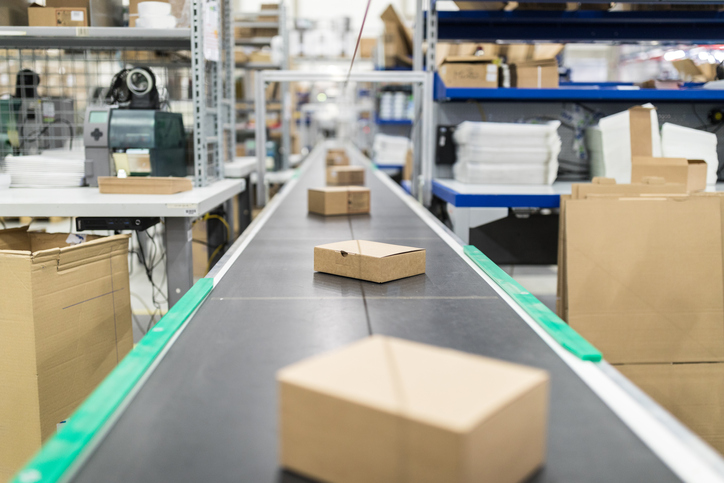Augmented customer experiences, social engagement and state-of-the-art technologies are some of the changes driving new paradigms in the supply chain.
But the biggest shift in the delivery process is the increased demand for consumers to be engaged digitally and on social media channels throughout the entire supply chain process, Paul Soong regional director ANZ of BluJay solutions told Retailbiz.
“The biggest change we’re seeing is the social media aspect and social commerce. Shoppers are twice as likely to purchase if they are socially engaged,” he said.
As these new paradigms revolutionise the supply chain, it is critical that retailers maximise visibility and transparency over the delivery process, says Mr Soong.
“We need to take a breath because there is a lot of noise in the market place about allowing customers to control the delivery process but to come back a step we need to get a hundred percent visibility and give a level of control in regards to changing deliveries.”
A big component of this visibility is for retailers to improve collaboration with the transportation industry, Mr Soong says.
But being honest about delivery times also helps retailers and delivery services alike to manage customer expectations.
“Be realistic about what the expectations are” because some consumers are willing to wait, particularly if the brand is trusted, he says.
While the growth in delivery technology offers a plethora of opportunities for retailers, retailers should also be cautious to take on this technology too soon, if the basics of delivery aren’t up to scratch.
“Things like the internet of things, machine learning and blockchain are shaping the way we work. But I would caution that we need to solve some basic problems first like customer experience, delivery experience because from the research we’ve done, a great number of packages are not delivered on time.”

